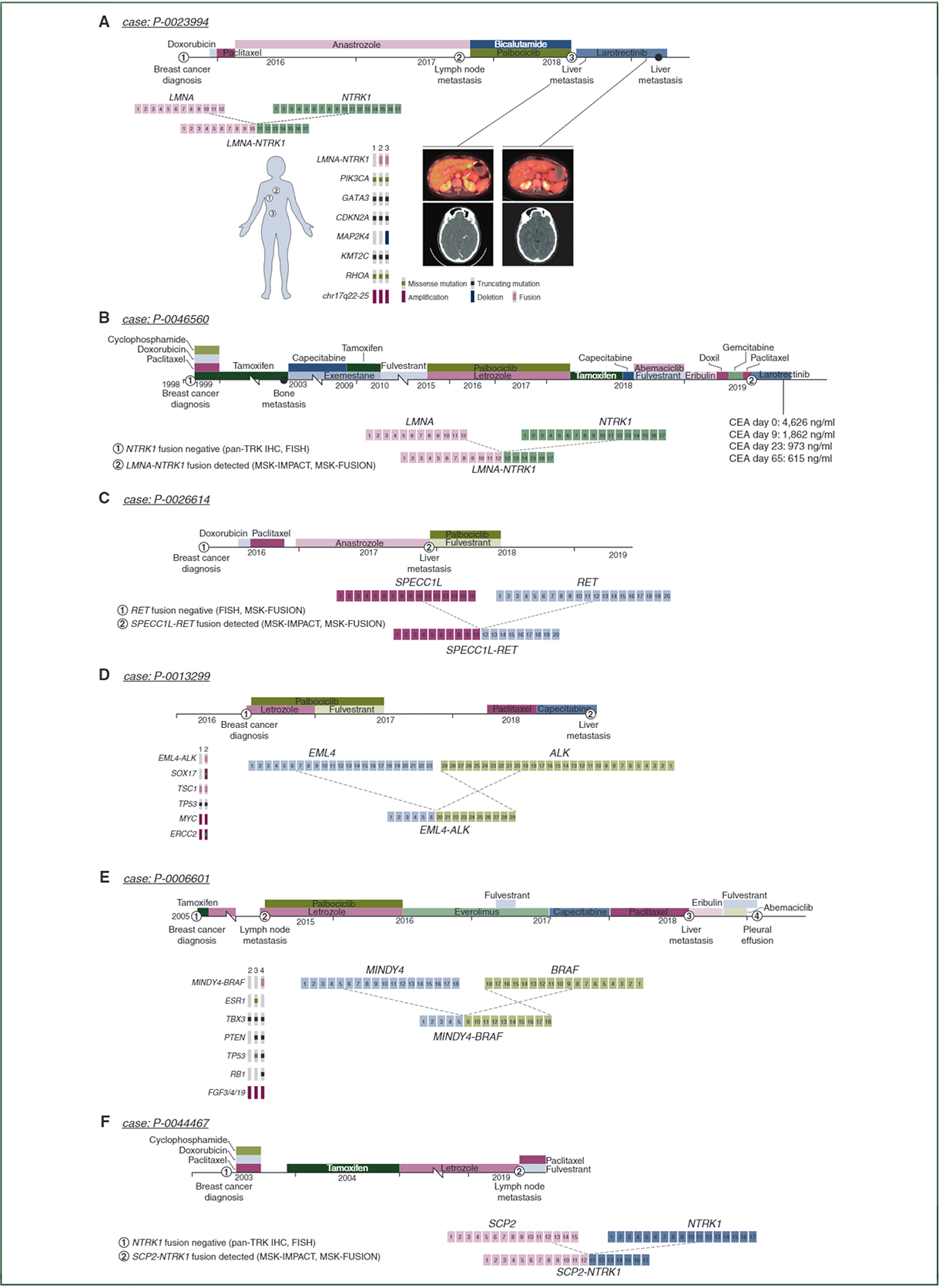Figure 1. Treatment summaries and molecular findings in patients with acquired kinase fusions.

Six patients acquired kinase fusions after endocrine therapy. The first patient demonstrated an LMNA-NTRK1 fusion in the aortic lymph nodes and liver after anastrozole therapy. The second patient demonstrated an acquired LMNA-NTRK1 fusion after tamoxifen and fulvestrant. The third patient demonstrated a SPECC1L-RETfusion after anastrozole therapy. The fourth and fifth patients demonstrated acquired EML4-ALK and MINDY4-BRAF fusions, both after fulvestrant. The sixth patient demonstrated an acquired SCP2-NTRK1 fusion after tamoxifen and letrozole. The first, fourth, and fifth cases had DNA sequencing both before and at the time of the development of kinase fusions, and all three cases demonstrated shared mutations demonstrating clonal relatedness between tumor foci.
IHC, immunohistochemistry; MSK-IMPACT, Memorial Sloan Kettering-Integrated Mutation Profiling of Actionable Cancer Targets; TRK, receptor tyrosine kinase.
